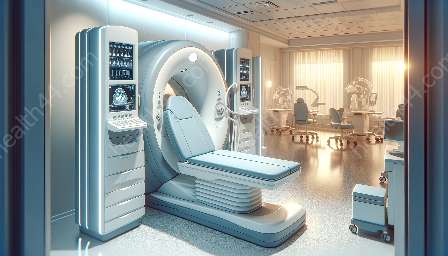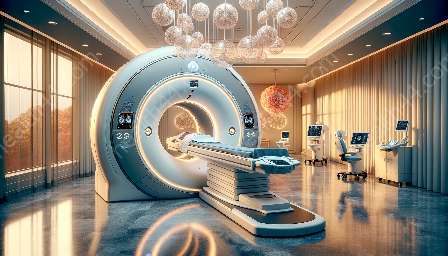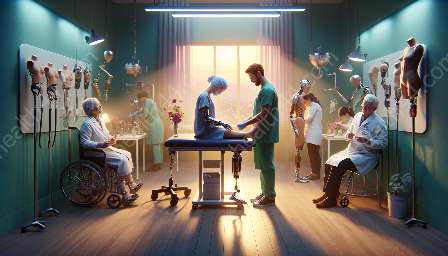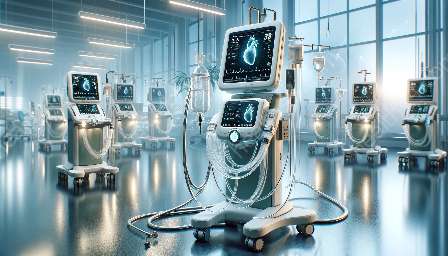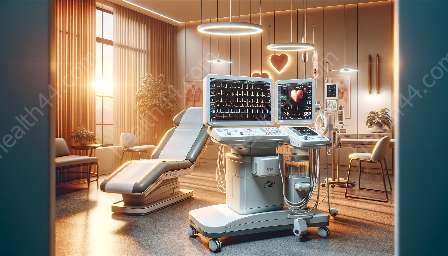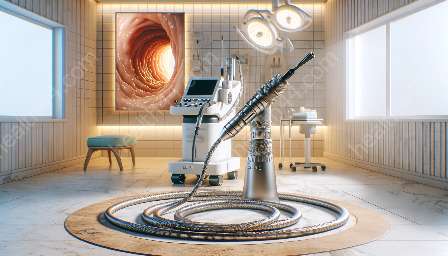An electrocardiograph is a vital medical device used for monitoring and diagnosing heart conditions. In the realm of health and medical equipment, electrocardiographs play a crucial role in ensuring the well-being of patients. This topic cluster delves into the technical aspects, significance, and impact of electrocardiographs, providing insights into their importance in the field of health.
The Evolution of Electrocardiographs
Electrocardiography, commonly known as ECG or EKG, is the process of recording the electrical activity of the heart over a period of time using electrodes placed on the skin. The first electrocardiograph was developed in the early 20th century by Willem Einthoven, who was awarded the Nobel Prize in Medicine for his groundbreaking work. Since then, electrocardiographs have witnessed significant technological advancements, evolving into sophisticated devices that are integral to modern healthcare.
Technical Functionality of Electrocardiographs
Modern electrocardiographs consist of various components such as electrodes, amplifiers, and recording devices. The electrodes are placed on specific points of the body, and the electrical signals generated by the heart are captured and amplified by the device. The resulting data is displayed as a continuous waveform, providing valuable information about the heart's rhythm and electrical activity. This data is then analyzed by healthcare professionals to diagnose and monitor cardiac conditions.
Significance in Health Monitoring
Electrocardiographs are fundamental in the diagnosis and management of various heart conditions, including arrhythmias, myocardial infarctions, and conduction abnormalities. They enable healthcare providers to assess the overall health of the heart, identify irregularities, and make informed decisions regarding patient care. Furthermore, ECG readings are essential in preventive medicine, as they can help detect potential cardiac issues before they escalate into serious problems.
Impact on Patient Care
The widespread use of electrocardiographs has significantly improved patient care and outcomes. By providing accurate and timely information about the heart's electrical activity, these devices aid in early diagnosis, treatment planning, and ongoing monitoring of cardiac conditions. This proactive approach to cardiovascular health has led to better management of heart-related diseases and ultimately improved patient quality of life.
Integration with Medical Devices & Equipment
Electrocardiographs are seamlessly integrated with other medical devices and equipment, forming a critical part of comprehensive healthcare systems. They are often used in conjunction with defibrillators, cardiac monitors, and electronic health records to ensure coordinated and effective patient care. The data obtained from electrocardiographs can also be transmitted and analyzed remotely, enabling healthcare professionals to provide timely interventions regardless of the patient's location.
Advancements in Electrocardiograph Technology
Recent advancements in electrocardiograph technology have focused on enhancing portability, connectivity, and data analysis capabilities. Portable ECG devices allow for on-the-go monitoring and rapid deployment in various healthcare settings, including ambulances, clinics, and homes. Additionally, the integration of ECG data with digital health platforms and artificial intelligence has the potential to revolutionize cardiac care by enabling predictive analytics and personalized treatment strategies.
Future Implications for Health and Medicine
The future of electrocardiographs holds promising prospects for advancing cardiac health and medical technology. As these devices continue to evolve, they are expected to become more accessible, user-friendly, and adept at providing comprehensive cardiovascular insights. Integration with telemedicine and wearable technology is anticipated to further expand the reach of electrocardiograph-based care, empowering individuals to take charge of their heart health proactively.
In Conclusion
Electrocardiographs stand at the intersection of medical devices, health monitoring, and patient care, playing a pivotal role in the prevention, diagnosis, and management of cardiac conditions. Their evolution, technical functionality, significance, and impact underscore their indispensable position in the realm of health and medical equipment. By embracing the advancements in electrocardiograph technology, the healthcare sector is poised to achieve new milestones in improving cardiovascular health and overall patient well-being.

